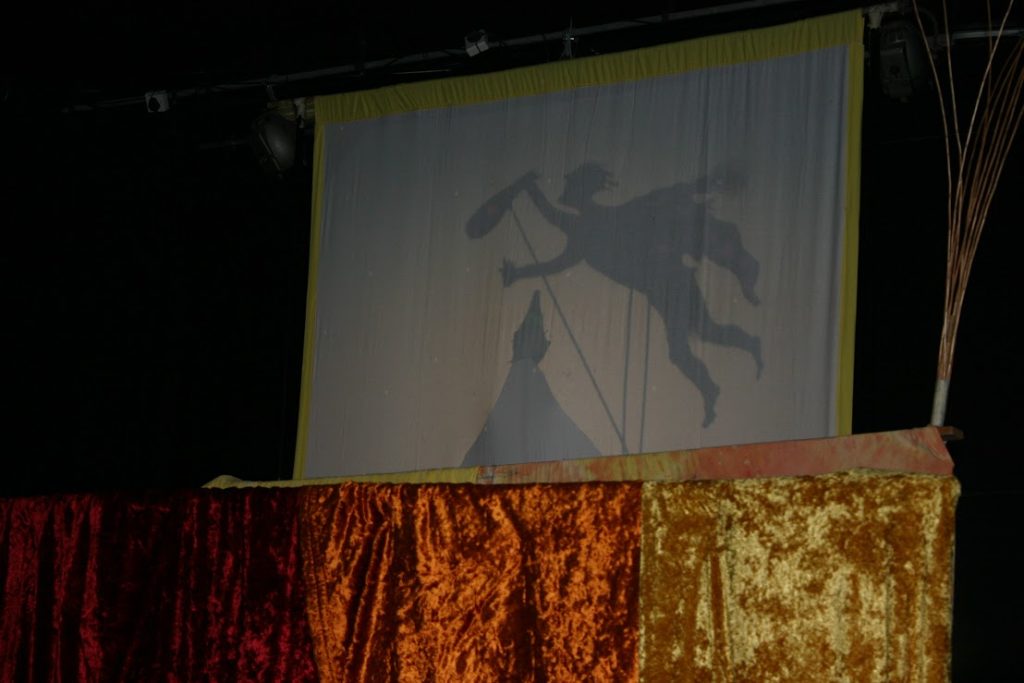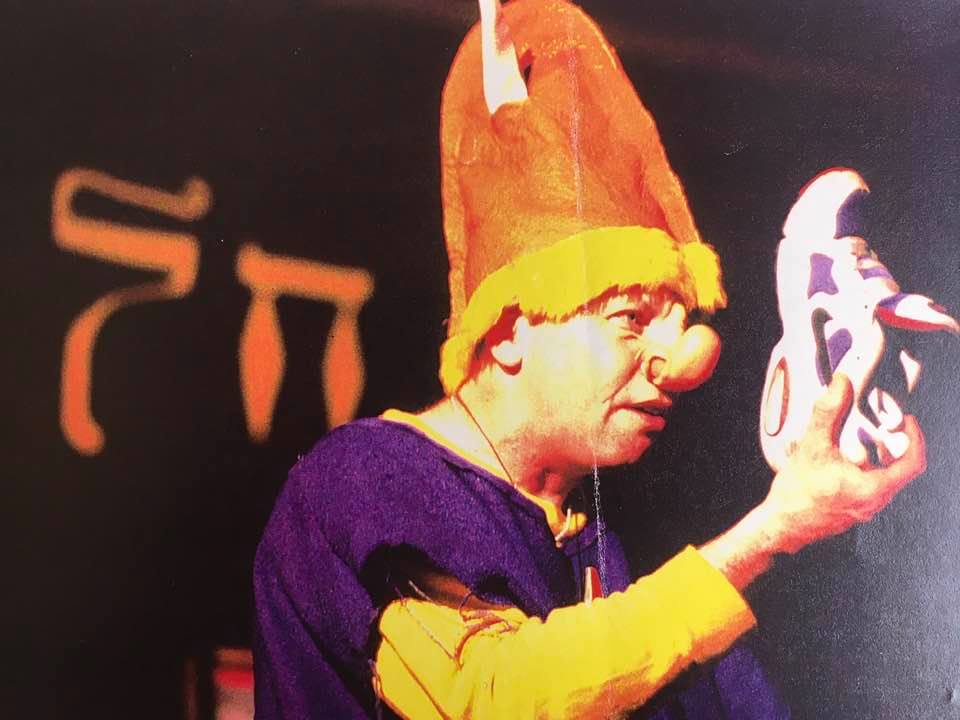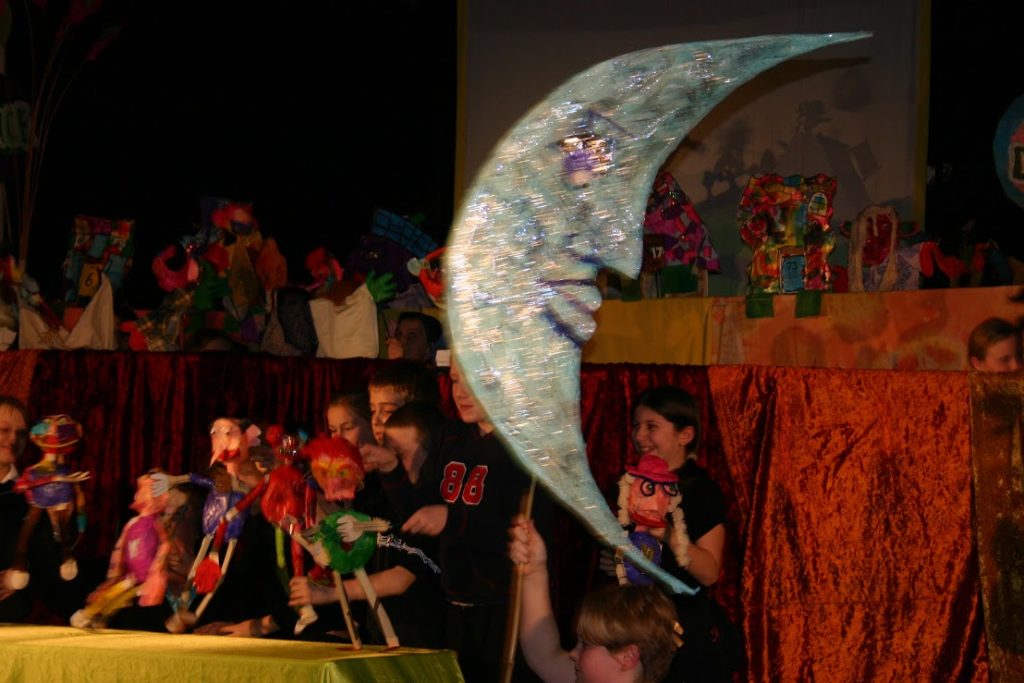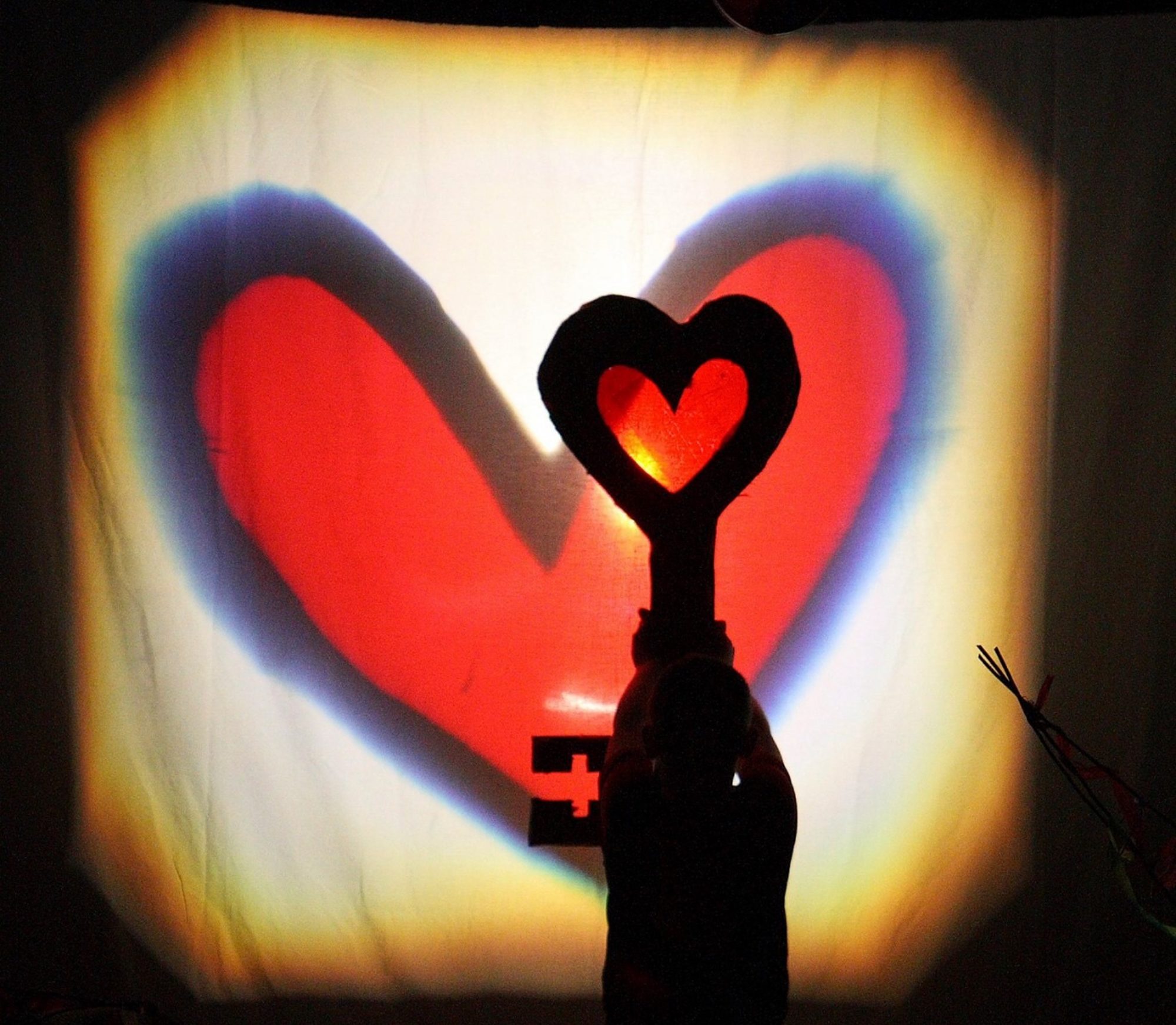The tale of a headteacher and an artist in five parts
Jumping Together – The word consilience was originally coined as the phrase “consilience of inductions” by William Whewell (consilience refers to a “jumping together” of knowledge). The word comes from Latincom- “together” and -siliens “jumping” (as in resilience).
“Creativity seems to be something which links things together…within a new whole, which did not exist before.” Rupert Sheldrake

“Creativity is the defeat of habit by originality” Arthur Koestler
When the angel flew around the world, the angel had a very simple job. The angel had two sacks. One full of wise souls and the other full of fools. All the angel had to do was to ensure an even distribution everywhere in the world – half wise, half fools. But this angel was absent-minded, enjoyed flying a little too much and had a tendency to get lost in angelic daydreams. So, the angel didn’t notice when one of the sacks got snagged on a tree on top of a steep hill. All the souls in that sack dropped out around the hill. That sack was full of fools. A city of fools was built around the hill and the biggest fools of all were the city council.
Firstly, workshops are a relational form and all relationships involved in and around the workshop count. The sum of those relationships creates the power and quality of what is produced. Those relationships begin to manifest when a workshop is requested so the relationship between the requester, in this case that headteacher, and the director who will be responsible for meeting that request, in that case me, is pivotal.
At the turn of the century I wrote and toured a show based on Jewish Tales about that city, Chelm. I played Leonardo De MishMash the greatest painter in the Voyld, a range of other fools such as Dopey Lekitsch and Schmendrick Numbskull. I worked a trio of puppets and opened a story chest that revealed various tales of Chelm whilst Leonardo De MishMash went on his search for wisdom.

Around the same time I was asked to make a show of the Purim story with a group of children for a television series about stories from different religions. This was 2003. These two events coincided with a headteacher who was based in Boscombe phoning and asking if I could make a Jewish themed show with her primary school children. It seemed obvious that I could do that but before we begin that tale, I will say two things.
Secondly, also in 2003, I ran my second Moveable Feast with artists from different art forms looking at their workshop practice. We were standing in a circle. Each artist said something about their practice. I remember a poet saying, “the thing is that I don’t know what I’m doing until I do it.” A murmur of agreement passed around the circle of artists. Here’s the thing. It’s one thing for a coincidence to arise such as a headteacher phoning me up and asking me to make a show around Jewish tales when I happen to be in a period of deep immersion in that very subject and for me to say a confident ‘yes’ to the request. It’s another thing entirely for me to work out how that is going to happen with 200 young children making the show. And this is the big thing, it’s another thing for that headteacher to have the trust to commit funds and license for me and the team to go into her school and to tread the path of necessary uncertainty with her staff and children. Because, as the poet in that circle had alluded to, it’s integral to the nature of authentic creativity process the product unfolds and emerges from the process. Nobody would dream of asking Picasso when he was standing in front of a blank canvas the question: what’s that painting going to look like when you finish? The outcome of creative process is not discernible pre-production because the variables and unknowns are huge. One thing leads to the next to the next. The artist follows that emergence. Trust is the word. I am not saying that one just follows the cliché, trust the process. Following what emerges within a creative process is a symbiotic skill that requires the process to be simultaneously forged and observed – a dance between creativity and responsivity towards making something magnificent.
In 2003, Ori Dalton, then the headteacher of Kings Park Primary school in Boscombe, trusted us to work with her school. This is the story of what has emerged through a relationship between a headteacher and an artist that has resulted in an incredible series of distinctive events and experiences in three different schools. This partnership has challenged assumptions, opened up new ideas, illustrated difference and similarities, made unlikely connections, built on ideas to make better ideas, got us to look at things in new ways and taken advantage of the unexpected such as a caretaker and school bursar suddenly being called into action to work two giant Dodo puppets. Taking chances and risk has opened new worlds for both of us, the people whom we work with and, most importantly, the children – thousands of children. The manifest element, that which is visible to the eye, are huge puppet spectaculars but the real learning is in the invisible – what one writer calls the moment under the moment and another author describes, that which lingers in the soul often bypasses the eye.
Our first jump together was the creation of two shows at Kings Park; one about a city of fools and the other telling the story of the Jewish festival Purim. My memory of that distant event is thinned by the passage of years and the many events between then and now. And then, coincident lent a helping hand. I recently embarked on a huge decluttering drive and the scripts and proposals from 2003 for Kings Park just popped out. Here’s an excerpt of the proposal that Ori received:
We will be dramatising two stories: The Fools of Chelm with Year Six and The Purim Story with Year Four. The Chelm Stories are a motley group of traditional and contemporary tales that will be presented as a series of linked sketches. They tell the tale of the machinations of a city where everyone is a fool and thus employ many classic common devices. We will dig out a series of these anecdotes for year six to adapt and add to. The Purim story, which Year four will work on, tells how chance and a brave woman redeem the fate of the Jews who are condemned to be wiped out on a certain date when the evil advisor of a powerful king throws the Purim dice.
Our workshops are designed to take the children through a whole process that is theirs so we will present these stories to them early on as part of that experience. We will lead both groups from the introduction of the story through each child making their own puppet character, to devising the show and all that entails, and ending in performances to the school and beyond.
There are four phases to this programme:
- The preparation – which we are doing now until we leave Devon the 23rd. We get materials, stories, soundtrack possibilities etc all ready and packed and have meetings to discuss how we are going to put it all together.
- The making and devising – which is the first six days in the school and aims at getting everything made and leaving for all the groups with a working script.
- A return refresher visit – I will come back to the schools for the day
(November/ December? And if needed) and check out how everyone is doing and advising where necessary.
- The Festival – We will all come back in January and put the shows together over two days. Then have a day of dress rehearsals/ shows to the rest of the school and finish with a day-long festival.
Looking forward to making over 90 Jewish fool, a boastful king, musicians, crazy animals and mad messengers, trees that argue, a beautiful heroine and an evil villain, musicians and the voyst government in De Voyld!!!
See you all on Wednesday morning.
Tony Gee
And that’s how an adventure in arts and education began.
Jumping Together: The other perspective
In 2003, I was a brand new Acting Headteacher in Boscombe. I inherited an “arts” project to create “community cohesion”. It was undecided and undefined. The school, I had found myself leading, was in a diverse and unique community. I was half wise and half fool. The previous headteacher had left and I, being the deputy, had been thrust into headship.
When I first read Tony’s story of our first jump together, our first encounter sounds so planned. Tony indeed had a vision, was visionary, creative, imaginative and a risk taker. I had not yet had time to establish a vision, was risk averse, and needed measures. I had to know what it was going to look like. It had to be planned with a measurable outcome!
When Tony writes; nobody would dream of asking Picasso when he was standing in front of a blank canvas the question: what’s that painting going to look like when you finish? As school leaders, that is exactly what we are often asked to do. We have to provide the vision – the ideal/finished picture and then put the puzzle pieces in place to get there. This is where for me the challenge of our relationship began and where it continues.
Tony starts from a premise of; we have a sort of an idea and we will let you know. We are not sure what it will look like when we finish but we will start here, and it will be amazing. He is a lover of stories, a story maker and teller. He carries the wisdom of storytellers from the past and enables others as a result, to tell their stories, create new stories and imagine new worlds.
In my world there are targets, OFSTED, and league tables. We have an end point that we have to get to. A line we have to cross. This creates ceilings.Over the last 17 years, our worlds have collided and reframed my thinking as a leader, reshaped my values and inspired 1000s of children to tell their own stories. Trust is the word. Relationships are essential, and what began in 2003 as a chance meeting has influenced my journey as a leader and given me a new perspective.
Consilience – In science and history, consilience (also convergence of evidence or concordance of evidence) is the principle that evidence from independent, unrelated sources can “converge” on strong conclusions.

